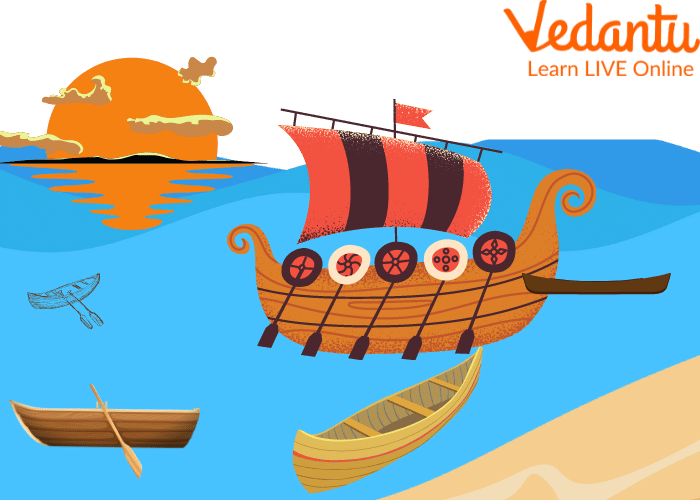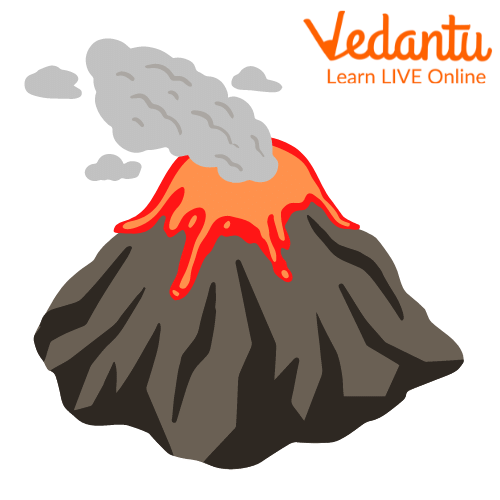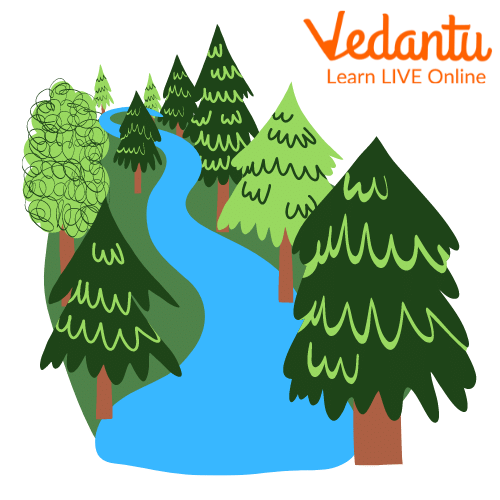




An Introduction to the Human Settlement
Prehistoric humans used to roam here and there in search of food. They went to the place where their prey moved and where there were a lot of fruits and seeds to eat. Slowly, humans discovered fire and enjoyed cooked food. Thereafter, they started cultivating crops and therefore were no longer required to move places for greenery or prey. As humans slowly learned to grow crops, they started settling down near the rivers.
Although they knew the skill of growing crops and settled around the river, they still faced many problems like environmental changes. However, prehistoric humans adapted themselves in their habitat and developed and entered the advanced world.
Human Settlement Meaning
Human Settlement refers to a group of homes of any size or shape in which humans live. People may create houses and other structures for this purpose, and command some region or territory as their economic support base. Some examples of human settlement are: the settlement of fisheries along the sea coast, the settlement of tribal people in the forest area, or settlement of farmers in plains and along the banks of rivers, etc.
Origin of Human Settlement
Most anthropologists believe that humans initially came to East Africa's Great Rift Valley millions of years ago. Most anthropologists believe that humans initially came to East Africa's Great Rift Valley millions of years ago. They migrated from there to the Middle East, Asia, Europe, America, and Oceania. Below we will see the different sources and origin of human settlement.
Rivers
The first early human settlements were built near water so that they could get water easily for their daily life activities. Near the Indus river, Mohenjo-Daro was located; between Euphrates and Tigris, Mesopotamian civilization was located and near the Nile, the Egyptian civilization thrived.
There are a number of reasons why human settlements were located near rivers. First, they could get fresh water from the river to drink. They started crop cultivation, so the proximity of the river provided water for irrigation. The next was a flood, the flood left rich mud in Egypt, rich mud left by the annual flood in the Nile was good for the cultivation of barley and wheat.
Communication was also done through the rivers in earlier times. Earlier, people travelled from one place to another with the help of the river; they travelled with their ideas, religion and things, so the river helped the transfer of ideas, religion, culture and things from one place to another.

Ancient Boat
Volcanoes
The land is the other necessary feature for human settlement and farming. Around volcanoes, archaeologists found many earlier human settlements. Some archaeologists believed that earlier humans might have settled around volcanoes because the land around volcanoes is very fertile. So after water, the next choice for human settlement was fertile volcanic land.

Volcano Eruption
Forests
Forest was also an important spot where archaeologists found earlier human remains. Forest provides many useful things today, and like us, earlier humans were also dependent on forest products, so they settled down near the forests. Earlier humans used wood to make their homes, animals, fruits and seed for their food. They used hides of animals and bark of the trees for their clothes.
Sometimes earlier humans in search of the right place moved here and there; sometimes, they were stopped by natural barriers like the sea, desert and mountains. Those who were able to cross such barriers migrated to other places and settled in new places.

Forest
Explain how Human Settlements have Evolved?
Humans derive their life support and basic necessities from land-based primary economic activities. They depend on the small-scale or large-scale industries which process raw materials and manufacture finished goods. In modern times, there are several types of settlements. The first classification is a rural and urban settlement. Rural settlement is further divided into clustered settlements, semi-clustered settlements, hamleted settlements and dispersed settlements. Modern times have witnessed human settlements based upon religion, culture etc.
Towns have been flourishing since ancient times. We have many examples of urban settlements even in the prehistoric period. Harappan civilization is one such example. Harappan people settled around the Indus river. Even in the British era, starting from the coastal plains, they first developed trading ports and then came to other locations. Ports of Surat, Goa and many more had been the epicentre of British control. From the prehistoric period to the current times, river plains have been the most favourable place for human settlement because of the adequate supply of water and fertile land for agriculture.
Summary
Human settlements led to the development of humans, when humans started living in one place and had a settled life, they became able to focus on other things. In settled life, they did not have to chase their prey. So settlement is a big achievement for humans. Today the centre point of a community settled in a particular area is religion, culture, etc. In ancient times, the human discovery of agriculture became the most important parameter to settling in a particular place. Even in modern times, humans live in communities.
FAQs on What is Human Settlement?
1. How did settlement lead to the development of humans?
When humans started living in one place, there was no need to roam behind the animals. Settlements enabled humans to grow their own food in one piece of land. The earlier human civilisation flourished around the water so that they could easily get water for their crops. Slowly they started to make tools for their cultivation so that they could grow crops in an easy manner.
2. On which factors does human settlement depend?
Archaeologists found that earlier human civilisation settled around the river so that they could get water easily for their daily life activities. Early humans also settled around volcanoes and forests. The important factors for human settlement are water, land, fertile soil and forests. Around the river, they found fertile lands and enough water for their day-to-day activities. Forests also became a choice for their settlement because they could get an adequate amount of fruits and seeds to eat.
3. What was the first human settlement in the world?
About 6,000 years ago, humans first set up camp on this site called Erbil Citadel, or Qalat as it is known locally. That makes Erbil Citadel, located in the center of Erbil, Iraq, the oldest continuously occupied human settlement.









